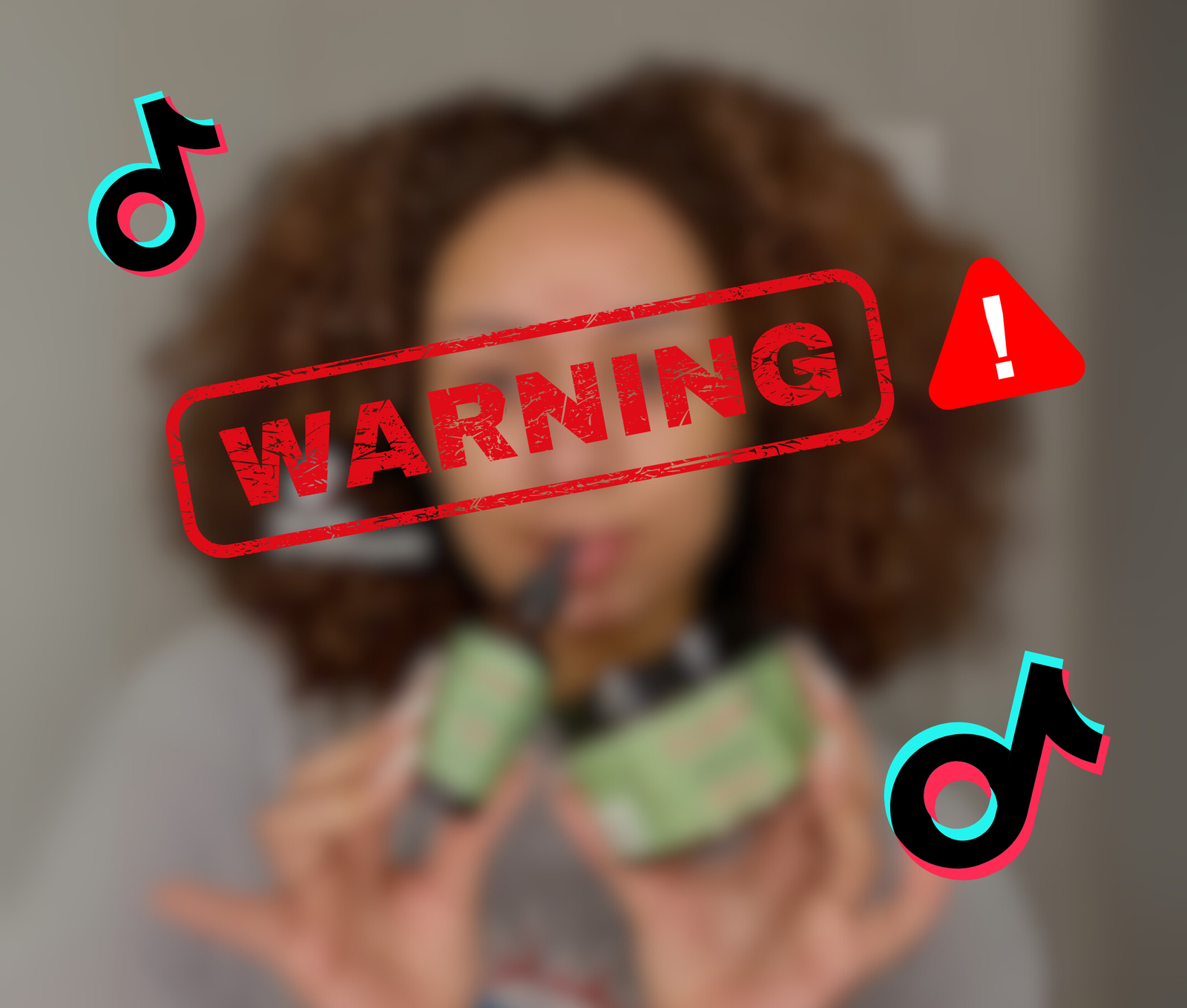
Trust Science, Not Hype : Essential Oils
Let’s be real: natural doesn’t always mean safe. Especially when it comes to textured hair, essential oils are often hyped as miracle workers—but is your rosemary oil really your bestie, or is it secretly stressing out your strands? If your scalp has ever clapped back after using a “holy grail” hair oil, you’re not alone.
At SWAYED, we’re here to celebrate every curl and coil with care (and receipts). So, let’s break down what science actually says about essential oils and their effects on 4C and textured hair, with the latest research from Harvard, Johns Hopkins, and the University of Toronto.
Essential Oils & Hair Health: The Pros
Essential oils have been the darling of hair TikTok and DIY YouTube tutorials for years. But what’s hype, and what’s legit?
We brought science into the mix.
Rosemary Oil :
A 2015 Journal of Medicinal Food study found that Rosemary Oil can promote hair growth by reducing DHT — a hormone linked to hair loss. Think of it as a natural DHT-blocker that supports follicle health and circulation.
Peppermint Oil :
A 2014 study from Toxicological Research showed Peppermint Oil increased follicle depth and count in mice, thanks to its vasodilation effect (that “tingle” boosts blood flow).
Lavender Oil :
According to Evidence-Based Complementary Medicine (2013), Lavender Oil’s antimicrobial properties can help with scalp issues like dandruff and folliculitis.
The Risks: Why Essential Oils Hit Different for Textured & 4C Hair
Our hair’s beautiful coils come with specific needs. Essential oils, when misused, can cross from “growth booster” to “scalp saboteur” real quick.
Scalp Sensitivity is Higher in 4C Hair :
The Journal of the American Academy of Dermatology (2020) found 4C scalps are more prone to dryness. Essential oils, especially undiluted, can disrupt the skin barrier, leading to irritation or even contact dermatitis (Harvard Medical School, 2021).
Hair Loss Triggers :
Allergic reactions can cause inflammation and temporary hair shedding (telogen effluvium). Overusing drying oils like tea tree oil? Hello, brittle strands and breakage (Johns Hopkins, 2022).
Formulation Flops :
Many DIY oils and commercial blends oxidize fast. The University of Toronto (2023) highlighted how poorly stabilized oils can become irritating once they go rancid.
Remember when Mielle’s Rosemary Mint Oil was everywhere? Touted as a miracle, it became a cautionary tale. Scalp burns, bald patches, and a class-action lawsuit followed.
Straight to the point - What Went Wrong?
Too many potent essential oils (rosemary, peppermint, tea tree, lavender) without proper dilution, a “perfect storm for inflammation-triggered hair loss.” (Content creator & dermatologist Dr. Adele, TikTok 2024)
The Gaslighting Problem
Users complained of itching, redness, and shedding, only to be told it was “user error.” No patch test warnings were included — a big no-no for high-risk ingredients.
The Lawsuit’s Claim
Alleged failure to disclose irritation risks and lack of safety testing post-acquisition by P&G. Many feared the formula was altered for mass production, sacrificing safety for scale.
The takeaway? Not all “natural” trends are made with us in mind. Science > virality.
How to Use Essential Oils Safely for 4C & Textured Hair
Our hair’s beautiful coils come with specific needs. Essential oils, when misused, can cross from “growth booster” to “scalp saboteur” real quick.
Before you throw out your rosemary oil, know this: the problem isn’t the oil itself — it’s the concentration, formulation, and frequency of use. Here’s how to keep it cute and safe :
- Patch Test Every Time
Apply a diluted drop to your inner elbow and wait 24 hours. Your scalp will thank you.
- Dilution is Non-Negotiable
Mix essential oils with a carrier oil like grapeseed or jojoba. Aim for a 3-5% concentration of rosemary oil MAX.
- Keep Usage Minimal
1-2 times a week is plenty. Daily use? A recipe for disaster.
- Look for Soothing Additives
Ingredients like bisabolol (from chamomile) and panthenol (B5) help calm potential irritation.
The Mielle saga was a wake-up call, not a cancellation of specific oils. It’s about smarter formulations, informed use, and holding brands accountable. No brands to recommend here, it was all about the science but if you’re looking for specific oil recommendations depending on your curls type, check out our How to Choose the Right Oil for Your Hair : A Guide for Every Texture.
Final Thought: Science, Not Hype, Will Save Your Edges
Essential oils can absolutely be part of your healthy hair journey— but they need to be handled with care, knowledge, and respect for textured hair’s unique needs.
Ready to give your scalp the TLC it deserves? Platforms like SWAYED champion safe, informed hair care by connecting you with hairstylists who understand your texture and your scalp and can provide recommendations.

